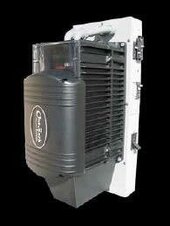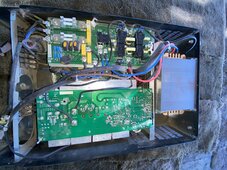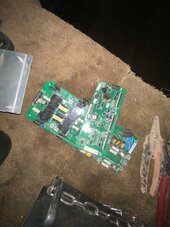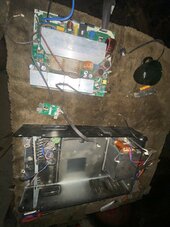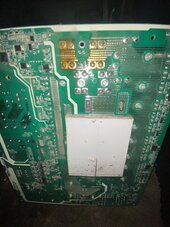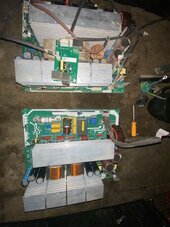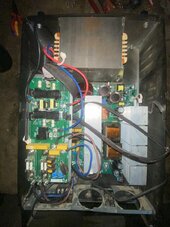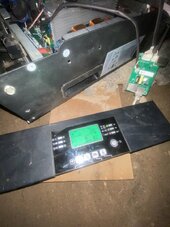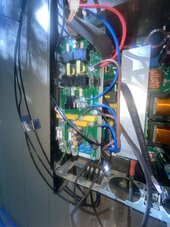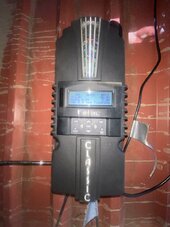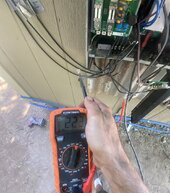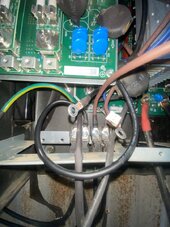joesmith123
New Member
island == off-grid or without grid
anit-island == must have grid power to sync to in order to power up. Usually CT clamps or similar so it can tell when power is present and get the frequency of the AC and sync to it, so when it turns on it doesn't go Pft from the mismatch
yes I remember reading the island feature of the grid tie inverter
You think there is a way to make the grid tie inverter put out 240 vac without grid? it would be:
solar panels 200 VDC -> grid tie inverter -> 240 vac loads
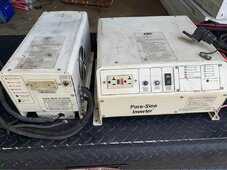

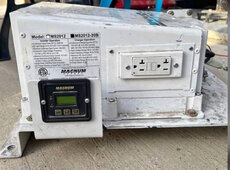
here are a few used older inverters, they are available for low cost
The first one: I think it is a sensata product and can be fixed in america
2nd one: it is an outback from 2009, 24 volt input
I would change the battery system from 48 volt to 24 volt, I think this unit would be perfect, repairable, reliable
3rd one: The magnum inverters look solid, and repairable, and are sensata american support system
My theories: Older units actually have better electrical conductors, newer units are thinner and break faster
If I find a robust strong 12 volt inverter, I would even drop the system to 12 volts to accommodate the inverter
Most likely: I will drop the system to 24 volts just to accommodate for the different voltage of the inverter
48 volt systems: too expensive, too finicky, too new, not good conductors in those units
48 volt inverter that is legit? minimum cost $3000
Long term it would be cheaper to lower the voltage, and get a SOLID inverter that I can fix myself



